Lush tropical mountain forests, savannah plains, gigantic rivers and fascinating ancient ruins. Add the diversity of wildlife and the wonder of Victoria Falls to top it off. Zimbabwe is your all-in-one African safari holiday destination.
Zimbabwe is a small country and its diverse attractions are packed into short easy drives or even quicker, easier flights. Expect beautiful waterfalls and rivers, exceptional wildlife safaris and spectacular scenery from classic African plains to vast river valleys, mystical hills and misty mountains.
Unless you've been hiding under a rock, you probably associate Zimbabwe with great political and economic turmoil. We won't go there. We will instead tell you how it is now and we'll do it in a word: fantastic!
The Zimbabweans, known for their happy outlook on life, gentle ways and generous spirit have rallied around each other to save one of Africa's true gems from ruin. Now, fuel, food and general supplies are back in the shelves at the supermarkets; the banks dispense US dollars in manageable wallet-sized wads - replacing the shopping trolleys of trillion-dollar notes; and the magnificent natural attractions remain undisturbed as they have been for millennia.
Besides the world-famous attractions in Zimbabwe, there are many smaller and equally opportunities for specific activities such as birding, fishing, hunting, photography, adventure, golf, cultural and historical pursuits or just plain relaxing. These we call the secret attractions and as we explore them we will post our reports here. In the meantime, please talk to your Travel Expert for details of Zimbabwe's hidden gems - real ones that is, not diamonds.
Zimbabwe Attractions
The main attractions, however, are the main attractions for good reason. Zimbabwe is the ultimate all-in-one African holiday and safari destination. With World Heritage Sites galore - including Victoria Falls, Mana Pools, Great Zimbabwe Ruins, Matopos Hills and Khami Ruins - travelling through Zimbabwe is like traversing the highlights of an entire continent.
- Victoria Falls: seventh wonder of the natural world, UNESCO Natural World Heritage Site and adventure capital of Africa
- Hwange National Park: among seasoned safari-goers, many agree Hwange to be one of the best game reserves in the region
- Mana Pools National Park: pristine wilderness safari destination, UNESCO Natural World Heritage Site famous for its walking safaris and big game
- Lake Kariba and Matusadona: one of the world's largest man-made lakes and a great fishing/game viewing/birding/relaxing destination
- Eastern Highlands: slice of Scotland in Africa with mountains, rain-forests, rivers and waterfalls including the 5th highest in the world at 762m
- Great Zimbabwe and Midlands: UNESCO Cultural World Heritage Site and one of the oldest and largest man-made structures in southern Africa
- Matobo National Park: a UNESCO Cultural World Heritage Site of great beauty crammed with history from the Stone Age to the present day
- Chizarira National Park: a large and untamed beast of a game reserve on the Zambezi escarpment where leopards are rife and walking safaris are your only means of transport
- Khami Ruins: the successor dynasty to Great Zimbabwe also a UNESCO Cultural World Heritage Site
- Ghona-re-zhou, Matestsi, Chete, Mavhuradona, Nyanga, Bunga Forest, Upper Zambezi, Charara, Kazuma Pan, Chimanimani...The many lesser-known wildlife parks and nature reserves offer beautiful scenery, fascinating flora and fauna and a refreshing break from over-developed tourist areas.
- The People: without doubt Zimbabwe's best asset and greatest attraction will be your abiding memory of its people; Zimbabweans are innately friendly, warm and welcoming and you will experience this warmth wherever you go.




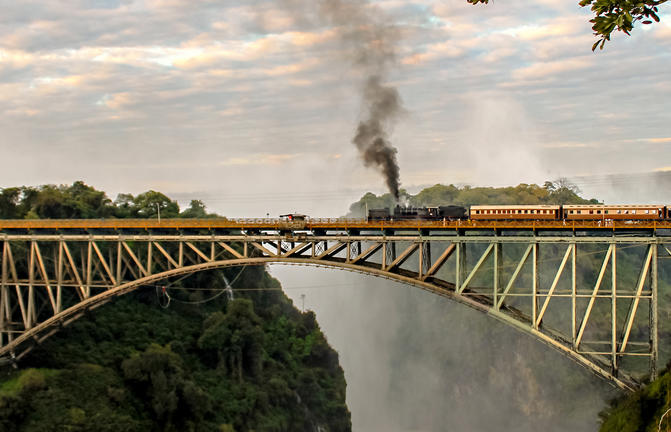
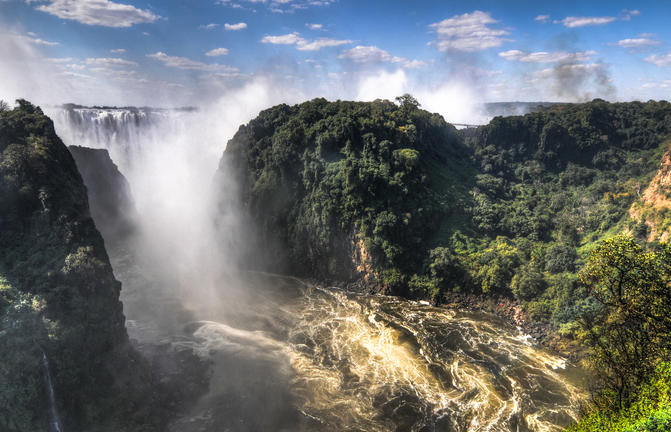


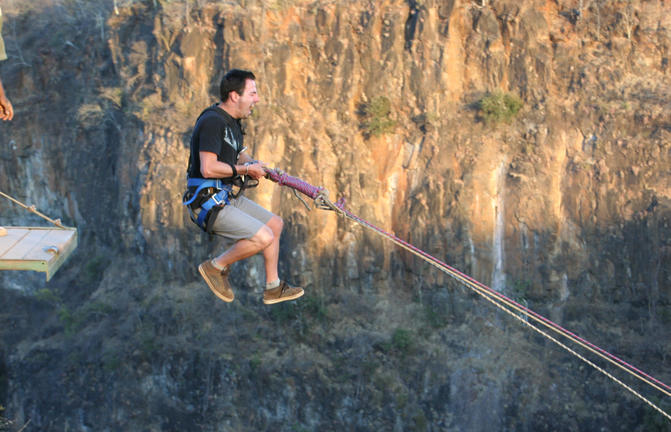
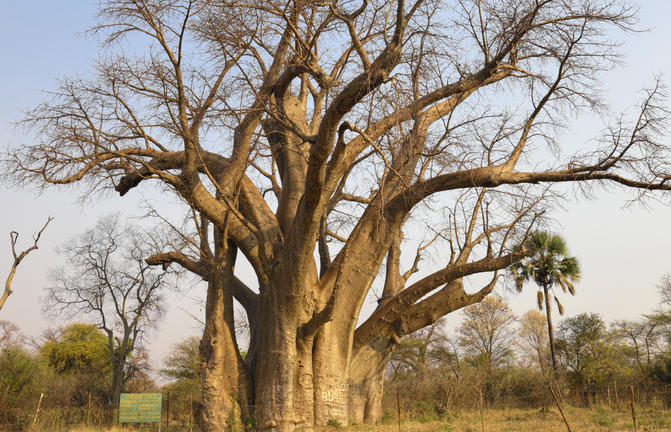

A gazillion tonnes of water thundering over a sheer cliff drowns all other sounds. The swirling mist hides all sign of human activity. Beyond your rain forest sanctuary people are hurling themselves off bridges, across gorges, into walls of raging water and out of aircraft.
Victoria Falls is a paradox of tranquil beauty and exciting adventure.
Mosi-oa-Tunya, 'The Smoke that Thunders' is undoubtedly Zimbabwe's finest and most well-known attraction. It is or rather was (if you're keeping up with the latest list) one of the Seven World Wonders. We still believe it deserves the title. It truly is spectacular and not considered to be one of the world's largest waterfalls without good reason. It's not the widest or the highest, yet it is considered to the largest based on its combined width, at 1,708 metres wide and height, at 108 metres. Impressively it takes the title for the largest sheet of falling water.
Located in western Zimbabwe, Hwange National Park (formerly Wankie Game Reserve) is the largest natural reserve in the country and is famous for its rich diversity of wildlife. Home to one of the biggest elephant populations in the world, as well as around 100 mammal species, the park is popular among animal lovers. Several protected species inhabit the awe-inspiring open landscapes, including the endangered wild dog, critically endangered black rhino, and rare roan and sable - along with lion, cheetah, and around 500 bird species. Adventurers can look forward to guided bush hikes, game drives, and horse riding safaris, all of which offer excellent photographic opportunities.









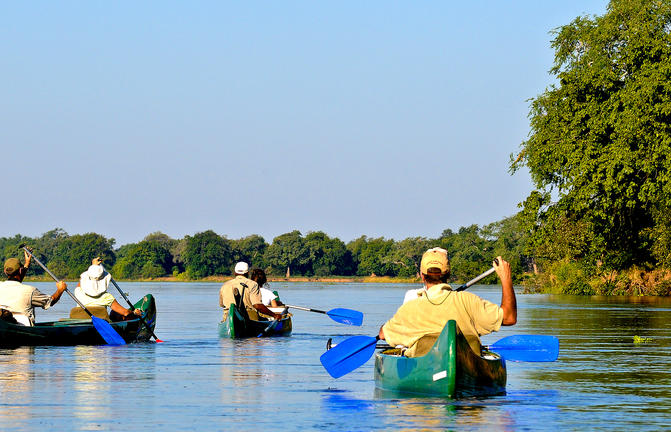


Mana Pools is famous for its walking safaris, canoeing safaris as well as night and day game drives made all the more exciting by the ever-present thrill of getting close to elephants, lions, buffalos, rhinos, cheetahs, leopards, hippos, crocs and much more.
Your guide will be on the lookout for massive elephants following ancient migration paths, lion prides on the hunt, territorial rhinos and grumpy hippos. Birdlife along the river and around the pools is prolific with a low-season count of about 450 birds increasing to 640 in the dry winter season between March and September - when game viewing is also at its best.






